A Feminist Masterpiece That Questions the Cost of Success
In a London restaurant, a group of extraordinary women from history gather to celebrate a promotion. There’s Pope Joan, who disguised herself as a man to lead the Catholic Church. Patient Griselda sits beside Lady Nijo, a Japanese courtesan turned Buddhist nun. Victorian explorer Isabella Bird trades stories with Dull Gret, who led an army of women into hell in a Bruegel painting. Their host? Marlene, a contemporary businesswoman who has just become managing director of her employment agency.
This surreal opening scene of Caryl Churchill’s “Top Girls” (1982) sets the stage for one of theater’s most incisive examinations of feminism, class, and the price of ambition in Thatcher’s Britain.
Quick Facts
- First performed: Royal Court Theatre, London, August 1982
- Original director: Max Stafford-Clark
- Runtime: Approximately 2 hours and 15 minutes
- Structure: Three acts, with the first being the famous dinner party scene
- Notable revivals: National Theatre (2019), Broadway (2008), Chichester Festival Theatre (2023)
Just want to read the play?
Free version? Watch the Open University production directed by Max Stafford-Clark on YouTube
Historical Context
Written during Margaret Thatcher’s early years as Prime Minister, “Top Girls” emerged at a pivotal moment in British history. The play coincided with the rise of career women in corporate Britain, but also with increasing unemployment and class division. Churchill, a socialist feminist, created the play to question whether women achieving power within existing structures could truly be considered progress.
Plot Overview
The play operates in three distinct movements. After the supernatural dinner party, we move to the “Top Girls” employment agency, where Marlene’s professional life unfolds. The final act takes us backward in time to the previous year, revealing Marlene’s working-class origins and her complicated relationship with her sister Joyce and daughter Angie.
Themes & Analysis
The Cost of Success
Churchill asks what women must sacrifice to succeed in a man’s world. Marlene has abandoned her daughter to Joyce’s care and rejected her working-class background. Each historical dinner guest similarly paid devastating personal prices for their achievements.
Class vs. Gender
The play’s most brilliant insight is how it complicates feminist narratives by introducing class consciousness. Marlene’s success comes at the expense of other women, particularly her sister Joyce, who struggles in poverty while raising Marlene’s daughter.
Motherhood and Choice
The theme of motherhood runs throughout – from Pope Joan’s tragic end after giving birth during a papal procession to Marlene’s decision to give up her daughter. The play questions whether women can truly “have it all” in a patriarchal society.
Revolutionary Elements
Churchill’s innovative techniques include:
- Overlapping dialogue (marked in the script with slashes)
- Double and triple casting to draw character parallels
- Non-linear narrative structure
- Mixing of historical and contemporary characters
- Blend of realism and surrealism
Cultural Impact
“Top Girls” revolutionized feminist theater and influenced countless later works. Its techniques have been widely imitated, but its political questioning remains razor-sharp. The play regularly appears on school and university syllabi and continues to provoke intense discussions about feminism, success, and sacrifice.
Staging & Performance
The play presents unique challenges, requiring actresses to play multiple roles and master Churchill’s overlapping dialogue technique. The dinner party scene demands detailed historical knowledge from performers, while the realistic scenes require subtle handling of class distinctions through accent and behavior.
Reading Guide
Best Editions
- Methuen Drama Student Edition (includes commentary and notes)
- Samuel French Acting Edition (for performance)
- The NHB Modern Plays edition (includes recent production photos)
Reading Tips
- Pay attention to the stage directions, particularly for overlapping dialogue
- Notice how characters from the first scene parallel modern characters
- Watch for class markers in language and behavior
- Consider how the non-linear structure affects your understanding of Marlene
Contemporary Relevance
The questions “Top Girls” raises about feminism and success remain startlingly relevant. In an era of discussions about “lean in” feminism versus intersectional approaches, the play’s critique of women achieving power within patriarchal structures resonates strongly. Its examination of class mobility and family sacrifice speaks to ongoing debates about social inequality.
Further Exploration
Related Works
- Churchill’s “Cloud Nine”
- “A Doll’s House” by Henrik Ibsen
- “Boston Marriage” by David Mamet
- “The Heidi Chronicles” by Wendy Wasserstein
Critical Reading
The play has generated extensive academic commentary, particularly regarding its critique of Thatcherism and its contribution to feminist theater. Its use of non-naturalistic techniques continues to influence theatrical practice.
Why This Play Matters
“Top Girls” remains vital because it refuses easy answers. It celebrates women’s achievements while questioning the structures that define success. It champions feminist advancement while asking who gets left behind. Most importantly, it demonstrates how innovative theatrical technique can serve political purpose without sacrificing emotional impact.
The play ends with a young girl’s dream of success and her aunt’s knowledge of what that success might cost. Forty years after its premiere, we’re still grappling with the questions it raises about women, power, and the possibility of real change.
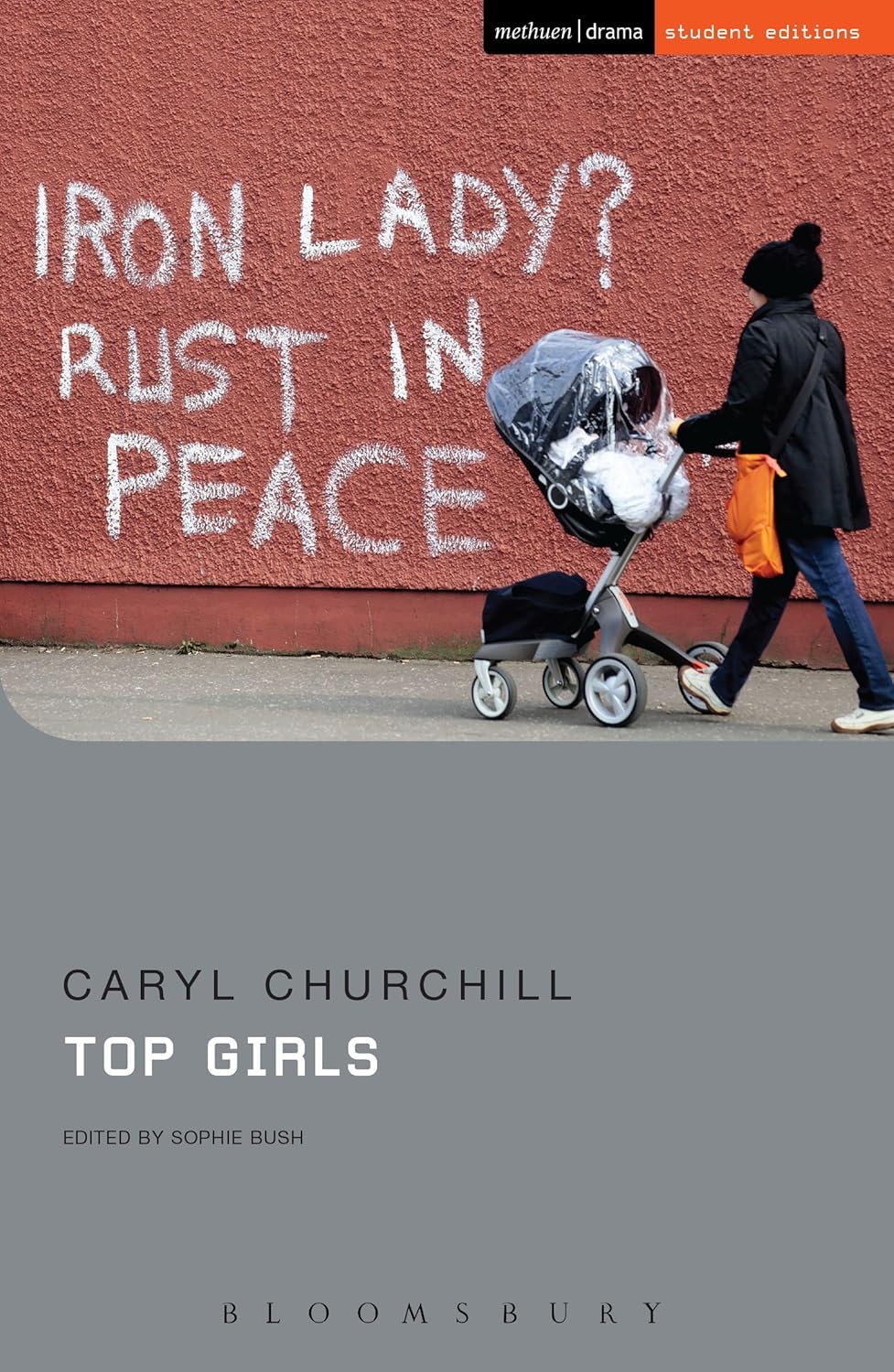
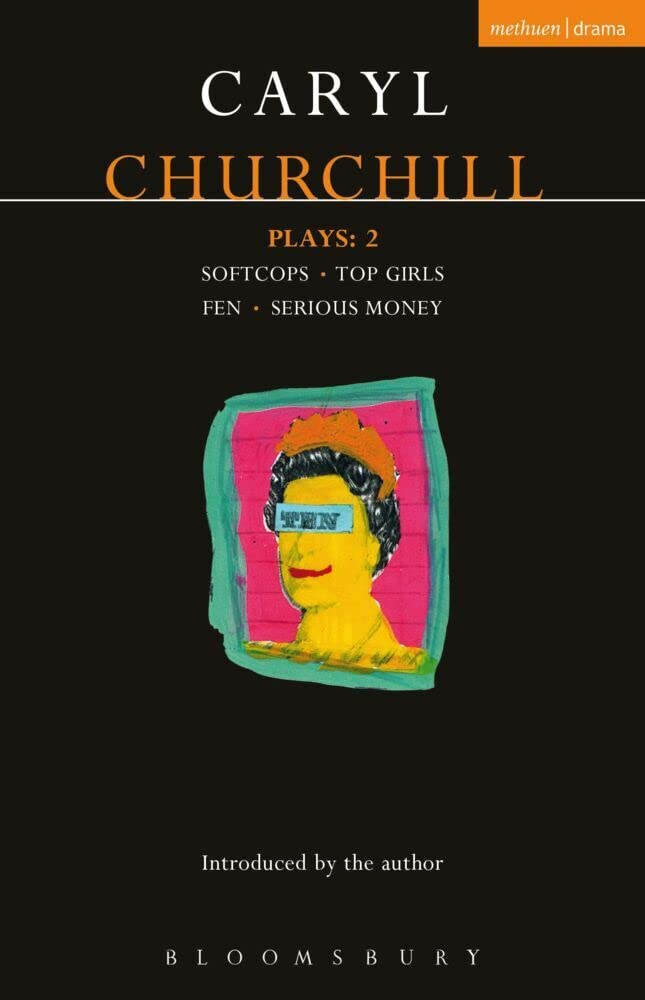

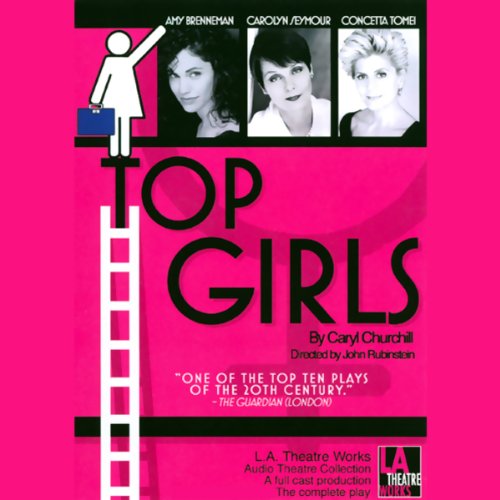


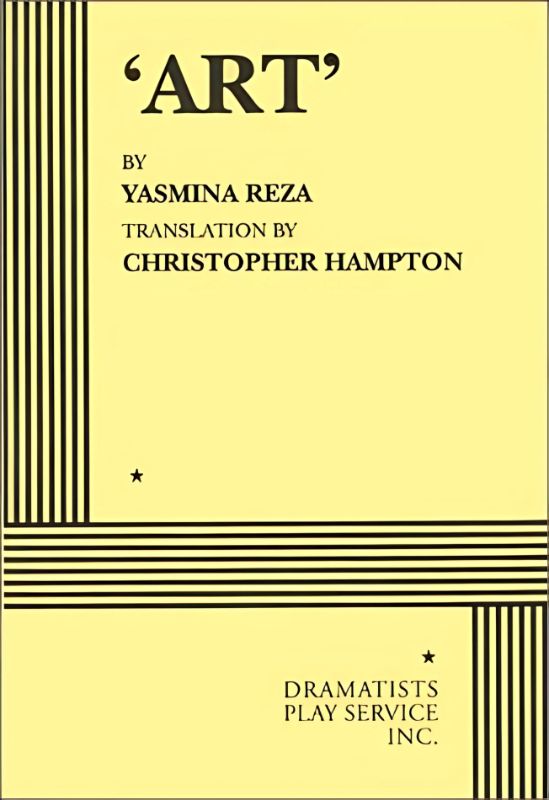
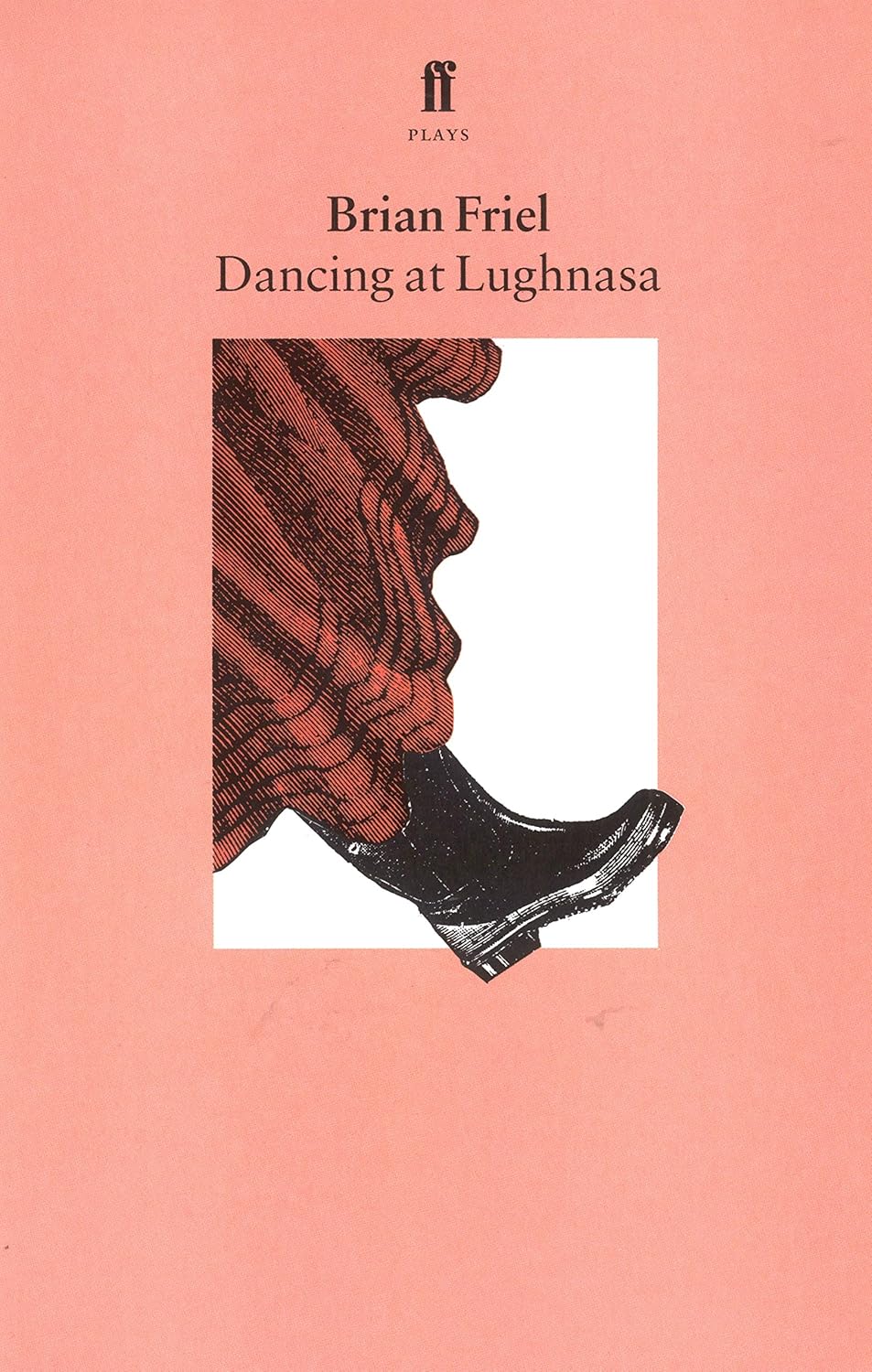
Leave a Reply